Interception problem: Great Britain and the USSR against V-1
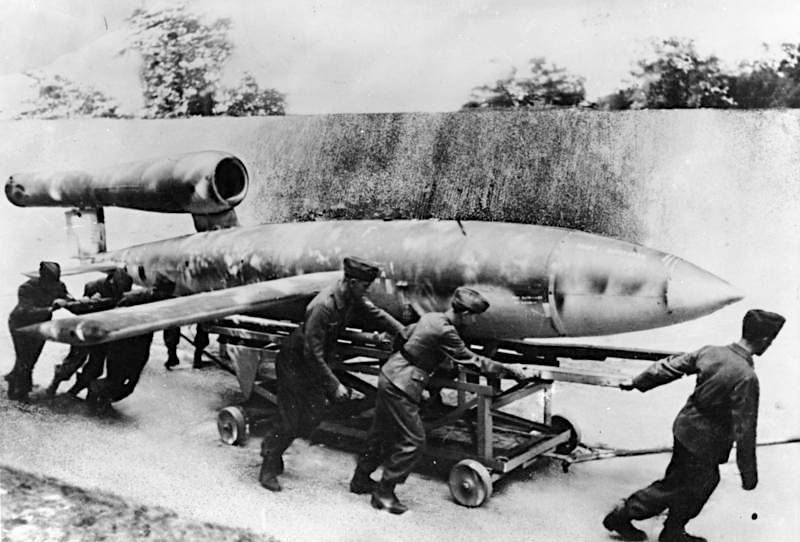
Fi-103 / V-1 projectile on a transport trolley. Photo Bundesarchiv of Germany
At the final stage of World War II, several types of "weapons retribution”, incl. aircraft projectile / cruise missile V-1 or Fi-103. Such products were actively used to strike at cities and quickly showed their full potential. At the same time, Great Britain and the USSR studied a new threat, and then developed and implemented a set of measures to protect against it.
"Weapon of Retribution"
The future projectile V-1 or Fi-103 was developed as a means for striking at long distances, up to hundreds of kilometers. In particular, the possibility of launching such products from continental Europe against targets in the UK was considered. Work started at the end of the thirties, and the project was completed in the summer of 1942. Two more years were spent on testing and fine-tuning the design.
The V-1 product was an unmanned aircraft 7,75 m long with a straight wing span of 5,3 m (later 5,7 m). Launch weight - 2,16 tons with a payload of at least 700 kg. The projectile was equipped with an Argus As 014 pulsating jet engine. With its help, the product developed a speed of 650-800 km / h and could fly 280-285 km. The launch was carried out from a rail guide or from a carrier aircraft.
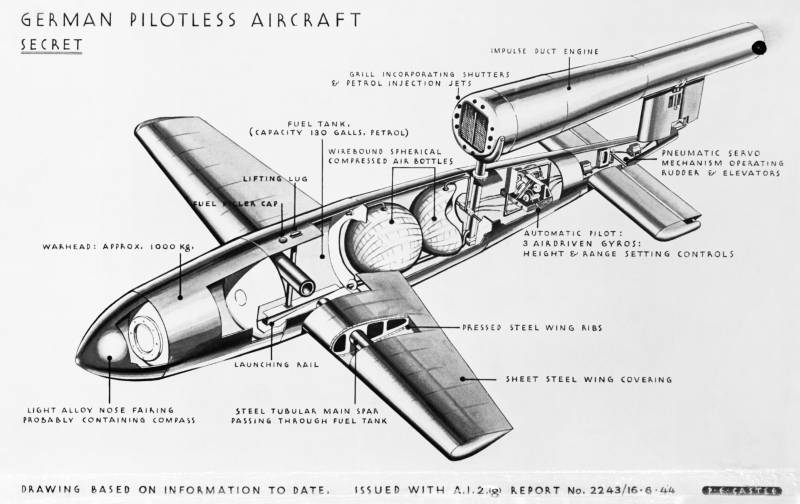
V-1 design. Scheme from the directory of the British Ministry of Defense
The projectile aircraft received an autonomous control system. It included a set of gyroscopes and sensors, as well as actuators, with the help of which a given course and altitude were maintained. There was also a simple range control mechanism, with the help of which the product at a given point began to dive at the target. Due to the technical imperfection of control systems, the accuracy was extremely low - the KVO reached 900 m.
Imperfect means of guidance allowed only large targets, such as cities, to be attacked. In this case, the calculation could not select a specific object, and the rocket fell in a random place. All this led to destruction and casualties among the civilian population - in the absence of a real military result.
Production of the V-1 started at the end of 1942 and continued until the beginning of 45. According to various estimates, during this time they collected approx. 25 thousand missiles. At least 16-17 thousand products were used. At the same time, ok. 20% of launches ended in failures and accidents. A comparable number of products crashed due to in-flight malfunctions.
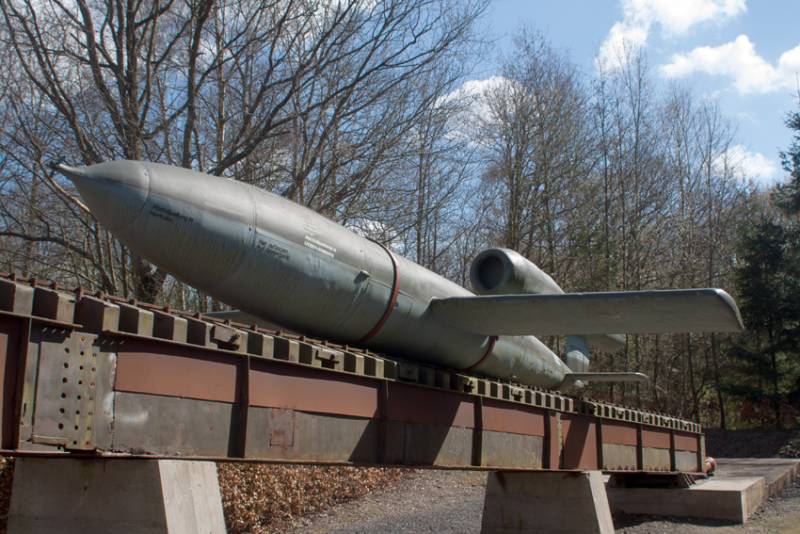
Rocket on launch rail. Photo by Wikimedia Commons
The bulk of the Fi-103 was used against Great Britain. Since June 1944, more than 2400 rockets have flown to London, as a result of which more than 20 thousand buildings were destroyed and almost 6,2 thousand people died. In other parts of the country, another approx. 800 missiles. After the opening of the Second Front, the V-1 was actively launched through the liberated cities of Western Europe.
According to known data, in 1943-44 the German command considered the possibility of using a new "weapon of retaliation" against major cities of the USSR. The main targets of such strikes could be Moscow and Leningrad - as industrial and administrative centers. However, as far as is known, not a single V-1 went to Soviet facilities.
British experience
The British military quickly assessed the enemy's new weapon and began to develop methods to deal with it. It was a kind of aircraft, which made such a task faster and easier. It turned out that all existing means and methods of air defense act against the V-1. The existing air defense system, without fundamental changes, could cope with the new threat.
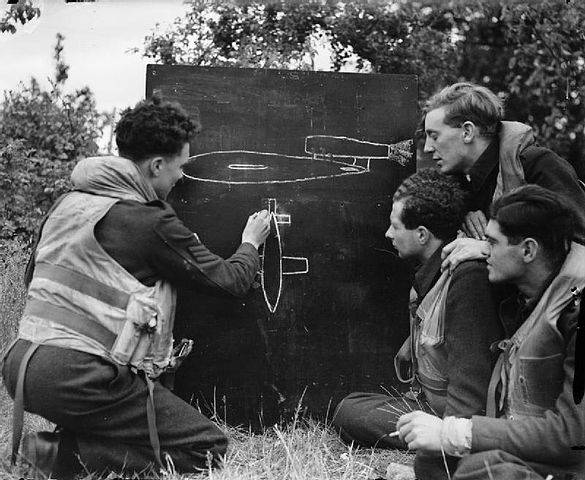
British pilots are studying a new threat. Photo IWM
To repel bombing raids aviation The UK has previously deployed a large network of radar and acoustic surveillance posts, combined into a common warning system. Such means quite coped with the search for projectile aircraft and provided information about them in a timely manner. The air defense headquarters, in turn, processed the incoming data and transmitted target designation to fighter aircraft and artillery.
It turned out that the V-1 could be shot down by cannon-machine-gun fire from a fighter. Bullets and shells damaged the airframe and vital components, causing the rocket to collapse. However, the shelling could provoke the undermining of the warhead, which threatened the interceptor and its pilot. In this regard, a special method of air "ramming" was developed: the fighter had to pick up the wing of the projectile with its wing and tip it to the side. The rocket fell into a deep turn, from which it could not get out.
A projectile flying in a straight line at a constant speed and altitude was an easy target for anti-aircraft artillery. The solution to this problem was further simplified by the radio fuses that appeared for large-caliber projectiles.
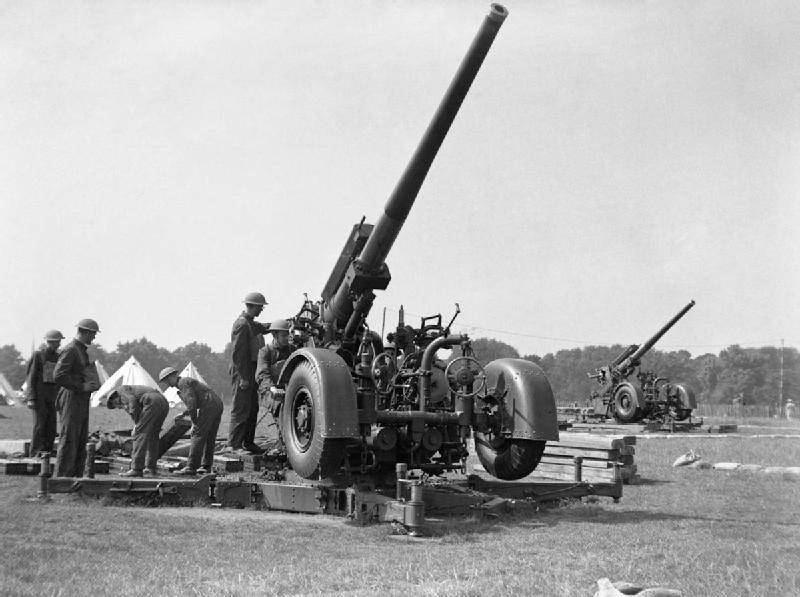
94mm QF 3.7 inch anti-aircraft guns in London. Photo IWM
Barrage balloons performed well. For all their shortcomings, such funds have chalked up a significant number of interceptions.
Overall, approx. 3,2 thousand projectiles out of 10,5 thousand launched - just over 30% of the total. Another 3 thousand products did not reach the British coast. OK. 4260 missiles were shot down by air defense. About half of these victories fell on fighter aircraft, and the rest of the targets were hit by artillery or balloons. It was a very good result - given the level of development of technology and weapons of that time and objective limitations.
Soviet preparations
Already in June-July 1944, London informed Moscow about the appearance of a new weapon in the common enemy. The Soviet command immediately took the necessary measures. Thus, the Leningrad Air Defense Army received an order to prepare to defend the city of Leningrad from a possible attack by projectiles from Finland and the occupied part of the Baltic.
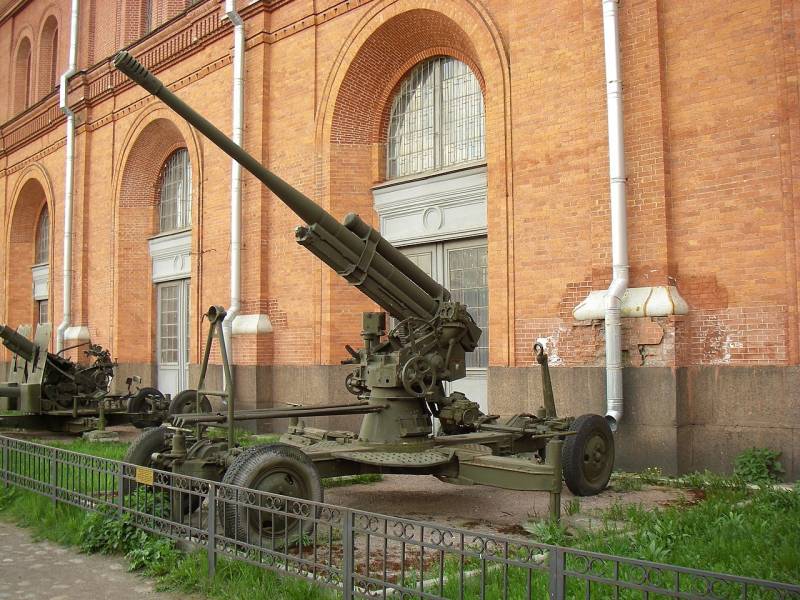
Soviet 85 mm gun 52-K. Photo by Wikimedia Commons
At the same time, they developed the first version of instructions to combat the new threat. In the following months, the British partners provided new data on the V-1, and this made it possible to clarify the available documents. The final version of the "Instructions for the fight against projectiles" was approved in September, and then it was sent to various formations for study and use.
In accordance with the "Instructions", in the proposed area of the appearance of German missiles, the existing VNOS and air defense systems should have been finalized. So, the first radar and acoustic detection posts were to be located a few kilometers from the front; behind them at a given distance were other detection bands. Fighter airfields were to be located near the overflight zone; it was necessary to organize duty on the ground and in the air. At a distance of 10-12 km from the front, it was ordered to deploy anti-aircraft weapons. Between all these means there were strips of barrage balloons.
It was assumed that such a composition and location of various means would make it possible to detect a flying projectile in time and direct fighters and / or artillery fire at it. The defeat of the observed missile was supposed to take place at a considerable distance from the defended city.
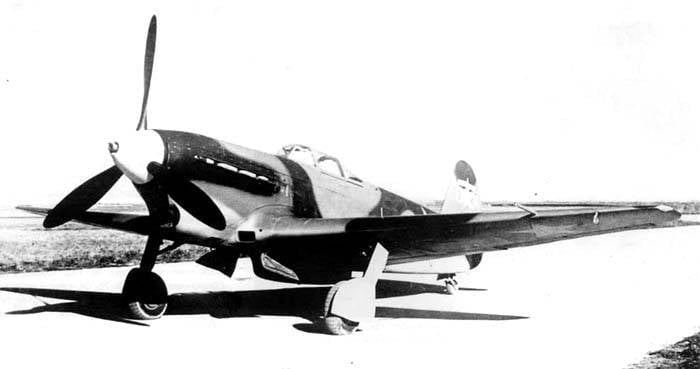
Fighter Yak-9. Photo Airwar.ru
At that time, the enemy could use the V-1 in Leningrad and Moscow. Taking into account the characteristics of this product and the configuration of the front line, we determined the optimal launch areas and flight routes. Along them should be placed appropriate air defense systems.
Rockets could be launched at Leningrad from the ground from several regions of Finland and Estonia. In this regard, two defense sectors were organized near the city at once, in the northwestern and western directions. To attack Moscow, the enemy would have to use air-launched missiles with carrier aircraft. The interception of such a strike "complex" was planned to be carried out at the maximum distance from the capital, almost near the front. In the event of a breakthrough of single missiles, Moscow's air defense was supposed to come into play.
Shortly after deployment, such air defense systems were tested as part of exercises simulating a raid by projectiles. The latter were Yak-9 fighters with similar flight characteristics. All conventional missiles were successfully detected and intercepted by one means or another.
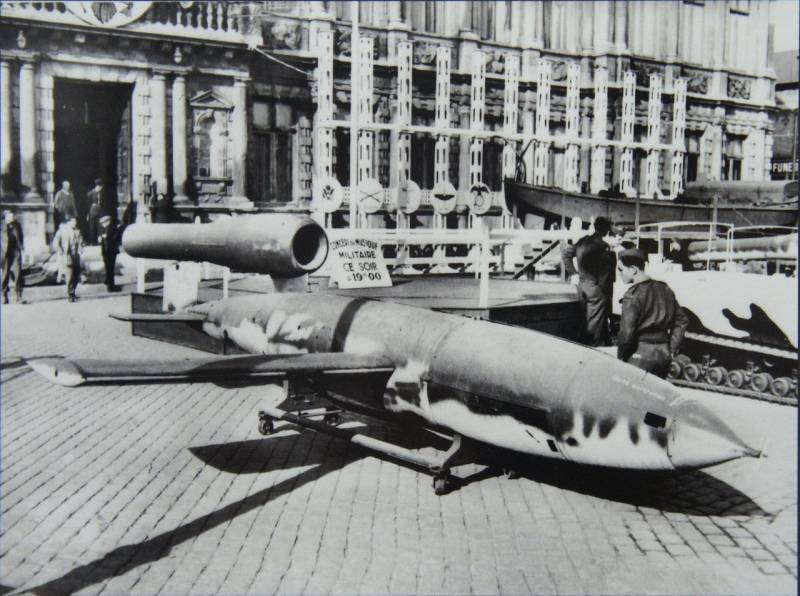
Trophy rocket "V-1" at the post-war exhibition in Paris. Photo by Wikimedia Commons
Fortunately, the reinforced "anti-missile" air defense of Moscow and Leningrad did not have to solve its main task. The front was moving west, and by the end of 1944 Nazi Germany had lost the ability to launch missiles at large Soviet cities. A few months later the war ended in Berlin.
Useless novelties
The German leadership had high hopes for its "weapon of retaliation", but it did not live up to expectations. So, V-1 / Fi-103 cruise missiles were produced in a large series and were actively used in British cities, but this did not affect the course of the war. It was supposed to shell the cities of the USSR - and these plans were not carried out at all.
The reasons for the low efficiency of the V-1 are simple and understandable. This projectile was not perfect and suffered from constant malfunctions. In addition, Great Britain and the USSR were able to quickly improve their air defense and prepare it to deal with a new threat. Moreover, by developing the offensive, the Soviet Union left the enemy without optimal launch areas in a few months and completely protected itself from missile strikes. The outcome of the war was decided not by the "weapon of retaliation", but by the most common Tanks, guns and infantry.
Information